The Finalists in the 2023 Comedy Wildlife Photography Awards




The Comedy Wildlife Photography Awards are always a good time…and here are the finalists for the 2023 competition.



This site is made possible by member support. 💞
Big thanks to Arcustech for hosting the site and offering amazing tech support.
When you buy through links on kottke.org, I may earn an affiliate commission. Thanks for supporting the site!
kottke.org. home of fine hypertext products since 1998.




The Comedy Wildlife Photography Awards are always a good time…and here are the finalists for the 2023 competition.



The Nature Conservancy has announced this year’s winners of their annual photo contest. Collectively, the winning photographs “gave voice to nature and showed us the power and peril of the natural world”. As usual, I selected a few of my favorites and included them above. From top to bottom:
(via in focus)



Nikon has announced the winners of the Small World Photomicrography Competition for 2023. I’ve included a few of my favorites above. From the top:
And I love a good slime mold photo too. (via ars technica)
A.V. Club has taken on the task of ranking the best 50 music videos, from the first video ever played on MTV (Video Killed the Radio Star by The Buggles, featuring none other than soundtrack composer Hans Zimmer on keys) to Thriller, Sabotage, Addicted to Love, and Sledgehammer. You can watch the whole list via this playlist on YouTube.
I loved the video for Sledgehammer. I was 12 years old the summer it came out. We didn’t have cable TV then, but I’d turn on MTV anywhere I could, hoping for a glimpse of it. My dad used to take my sister and me on roadtrips all over the country and I vividly remember the rare times we got to stay in a motel (they had to have a swimming pool with a diving board), turning on MTV, and catching that Sledgehammer video a few times every hour. It was only years later, after becoming a Wallace and Gromit fan, that I learned that — of course! — Aardman had done the animation for Sledgehammer.
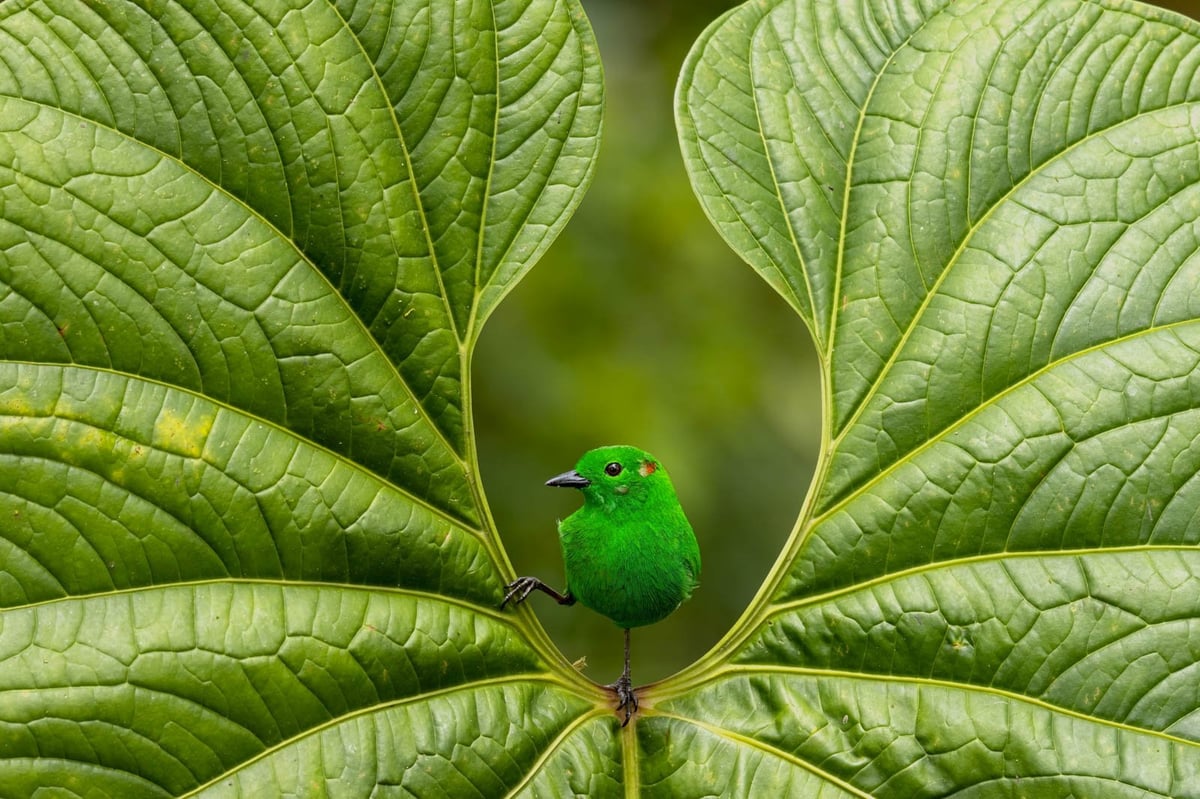


From over 23,000 entered images, the judges in the Bird Photographer of the Year competition for 2023 have selected their winners and runners-up. I selected a few of my favorite images above; the photographers from top to bottom: Nicolas Reusens, Henley Spiers, and Gianni Maitan.


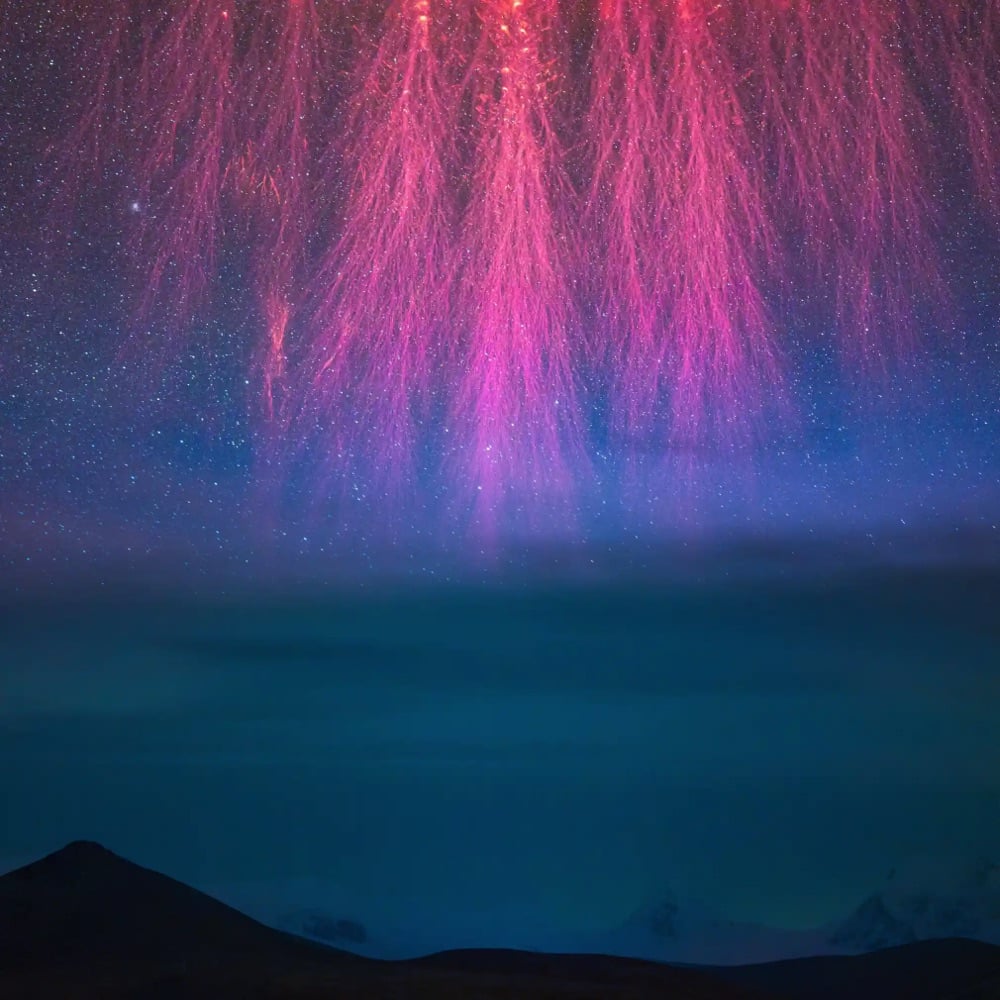

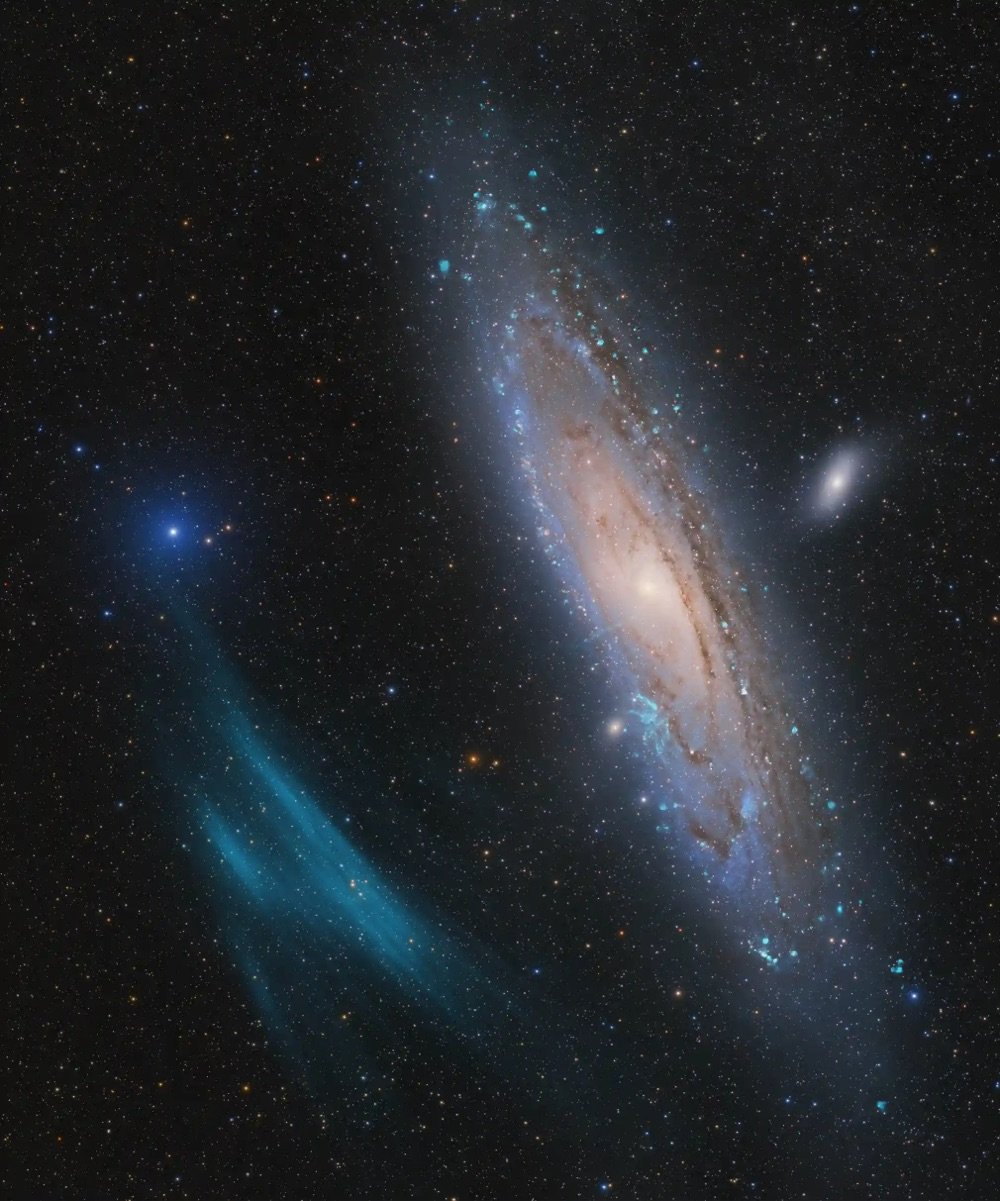
The Royal Observatory Greenwich in London has announced the winners of the Astronomy Photographer of the Year 2023 competition and as you can see from the selection above, there were some amazing shots. From top to bottom:
The last shot was the overall winner. While not as dramatic as some of the others, it documented the discovery of a previously unknown feature of a nearby cosmic neighbor:
The Andromeda galaxy is the closest spiral galaxy to our own Milky Way, and one of the most photographed deep-sky objects. Yet this particular photo, captured by an international trio of amateur astronomers, revealed a feature that had never been seen before: a huge plasma arc, stretching out across space right next to the Andromeda galaxy.
“Scientists are now investigating the newly discovered giant in a transnational collaboration,” explain the photographers. “It could be the largest such structure nearest to us in the Universe.”
You can see the rest of the winning images on the Royal Observatory site as well as coverage from the BBC, the Guardian, Colossal, and Universe Today.
You know me; I love a good book cover. The AIGA’s annual roundup of the best designed books and covers is usually aces and the results of the 2022 competition (announced at the beginning of July 2023) is no exception. Here are a few I picked out that I didn’t feature in The Best Book Covers of 2022 back in December.



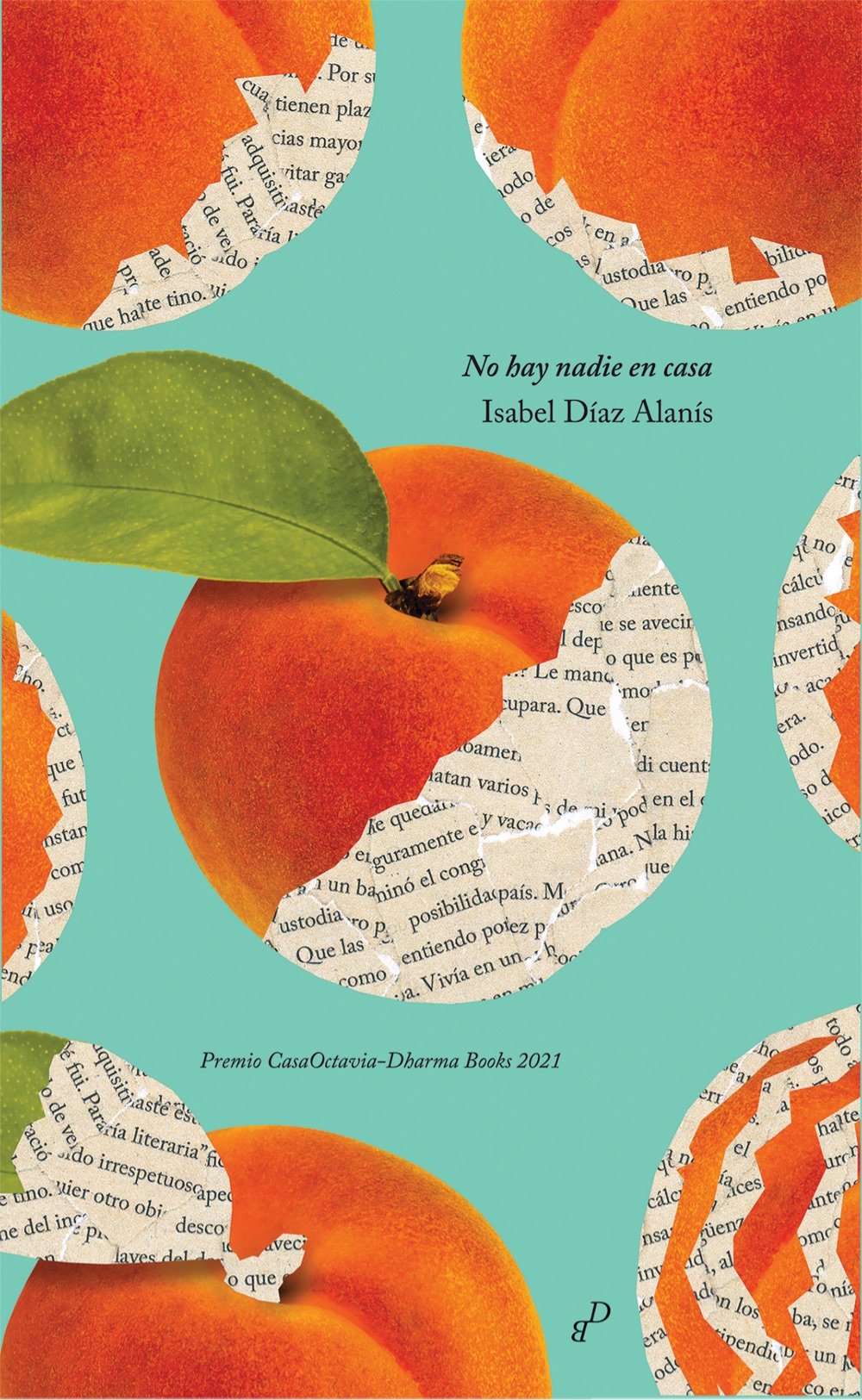
Uh, I guess I’m really into orange today? Anyway, these covers are from:
Butts: A Backstory by Heather Radke.
Sound Within Sound: Radical Composers of the Twentieth Century by Kate Molleson.
Sabit Fikir by Paul Valéry.
No hay nadie en casa by Isabel Díaz Alanís.
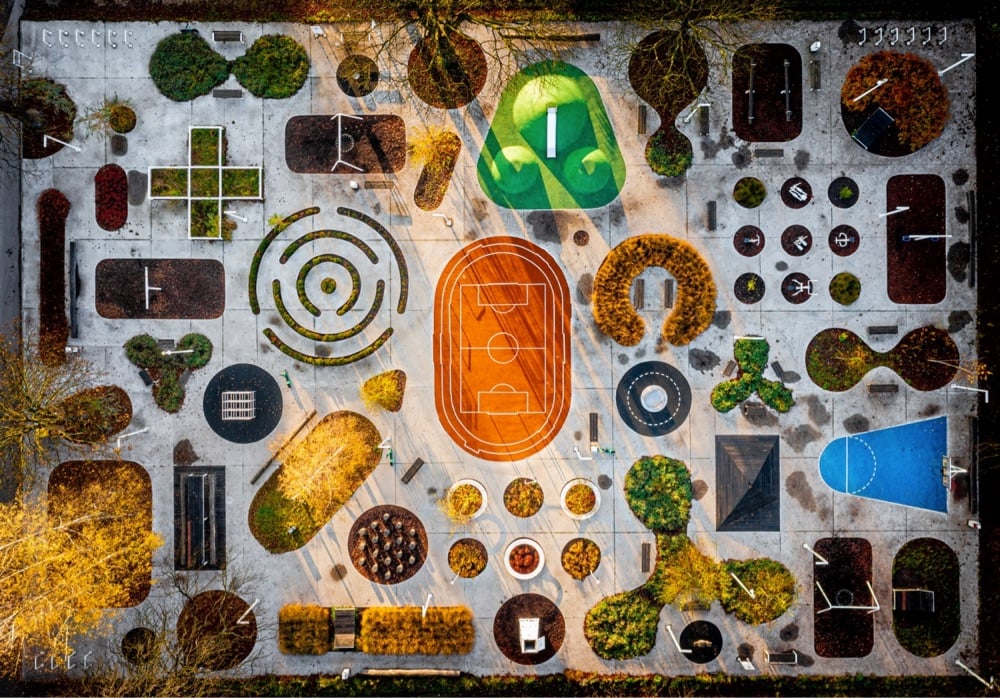



I am a sucker for aerial photography, so I had a lot of fun looking through all the winners and runners-up of the 2023 Drone Photo Awards. As usual, I picked out a few favorites and included them above. From top to bottom, photos by: Sebastian Piórek (a very tidy Polish playground), Brad Weiner (surfer), Gheorghe Popa (amazing abstract shot), and Matias Delacroix (a border crossing between Haiti and the Dominican Republic).

From TasteAtlas, a listing of the 150 Most Legendary Restaurants in the World & Their Iconic Dishes. These aren’t necessarily the best restaurants on Earth, but places that have “withstood the test of time, eschewing trendy gimmicks in favor of traditional, high-quality cuisine”.
Here are a few of the entries from the list that I’ve either been to or would like to go to someday (ok, almost the whole list would have qualified for that):
2. Katz’s Delicatessen (pastrami on rye)
10. Gino e Toto Sorbillo (pizza margherita)
22. Schwartz’s Deli (Montreal-style smoked meat)
25. Peter Luger Steak House (dry-aged porterhouse)
34. El Rinconcillo (tapas)
42. O Thanasis (souvlaki)
47. Au Pied de Cochon (soupe à l’oignon)
95. Le Relais de l’Entrecote (steak frites)
Schwartz’s is iconic, but I think Snowdon Deli has better smoked meat. In the same vein, I’ve had good steak and not-so-good steak at Luger’s — as far as an iconic NYC steakhouse goes, I would have gone for Keen’s.
I’m sure any food fan worth their (don’t say it, don’t say it) salt (ugh) could come up with a few dozen restaurants that could/should be on this list, but 150 is certainly a good start! Soba, bratwurst, ćevapi, udon, churrasco, kofte, phở, ramen, ceviche, sushi, risotto, bouillabaisse, dim sum, BBQ, Peking duck, biryani, xiao long bao…man, I’m so hungry now!

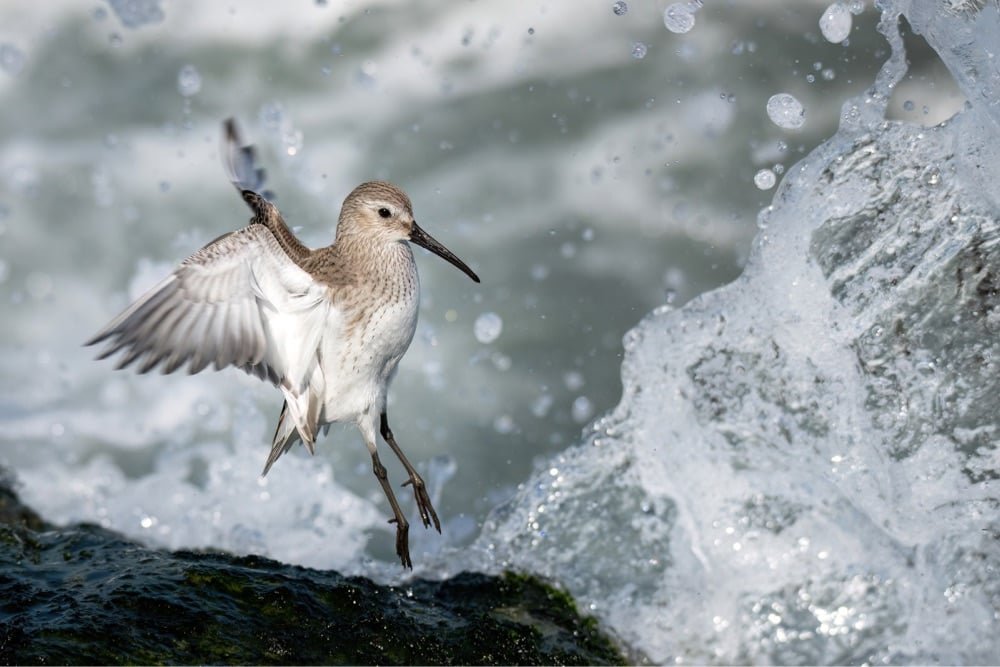

The National Audubon Society has announced the winners of the 2023 Audubon Photography Awards. I’ve highlighted a few of my favorites above (from top to bottom, photos by Sandra Rothenberg, Kieran Barlow, and Nathan Arnold). Oh, and don’t miss the pair of videos from Steven Chu…

The Verge has published a list of the 40 best nonfiction books about “tech” (which relates to the industry centered around Silicon Valley & the internet and not technology in general). I was pleased to see Broad Band: The Untold Story of the Women Who Made the Internet by Claire Evans and Small Fry by Lisa Brennan-Jobs on there, as well as Close to the Machine: Technophilia and Its Discontents by Ellen Ullman and Neil Postman’s Technopoly: The Surrender of Culture to Technology. I’m baffled that Tracy Kidder’s amazing The Soul of a New Machine didn’t make the top 5 or even 10.
But reading through the rest of the list, it occurred to me that I don’t really read tech books — and if I did, I didn’t get a whole lot from them. When I was younger and trying to understand the industry and momentous period I was participating in, I generally looked to books outside of tech as guides. I read things like How Buildings Learn by Steward Brand, The Death and Life of Great American Cities by Jane Jacobs, Chaos by James Gleick, The Timeless Way of Building by Christopher Alexander, and Understanding Comics by Scott McCloud.
Anyway, back to the list — it seems incomplete in a way that I can’t quite articulate. I would have liked to have seen Tom Standage’s The Victorian Internet on there. What else? I would like to hear about your favorite books about tech (or non-tech books that are sneakily about tech anyway) or what you think might be missing from the list. Leave your thoughts in the comments!
Update: Some great additional suggestions from the comments:
As many commenters noted, it’s hard to see how Hackers was left off this list. And My Tiny Life…it anticipated so much about how social media was going to function.
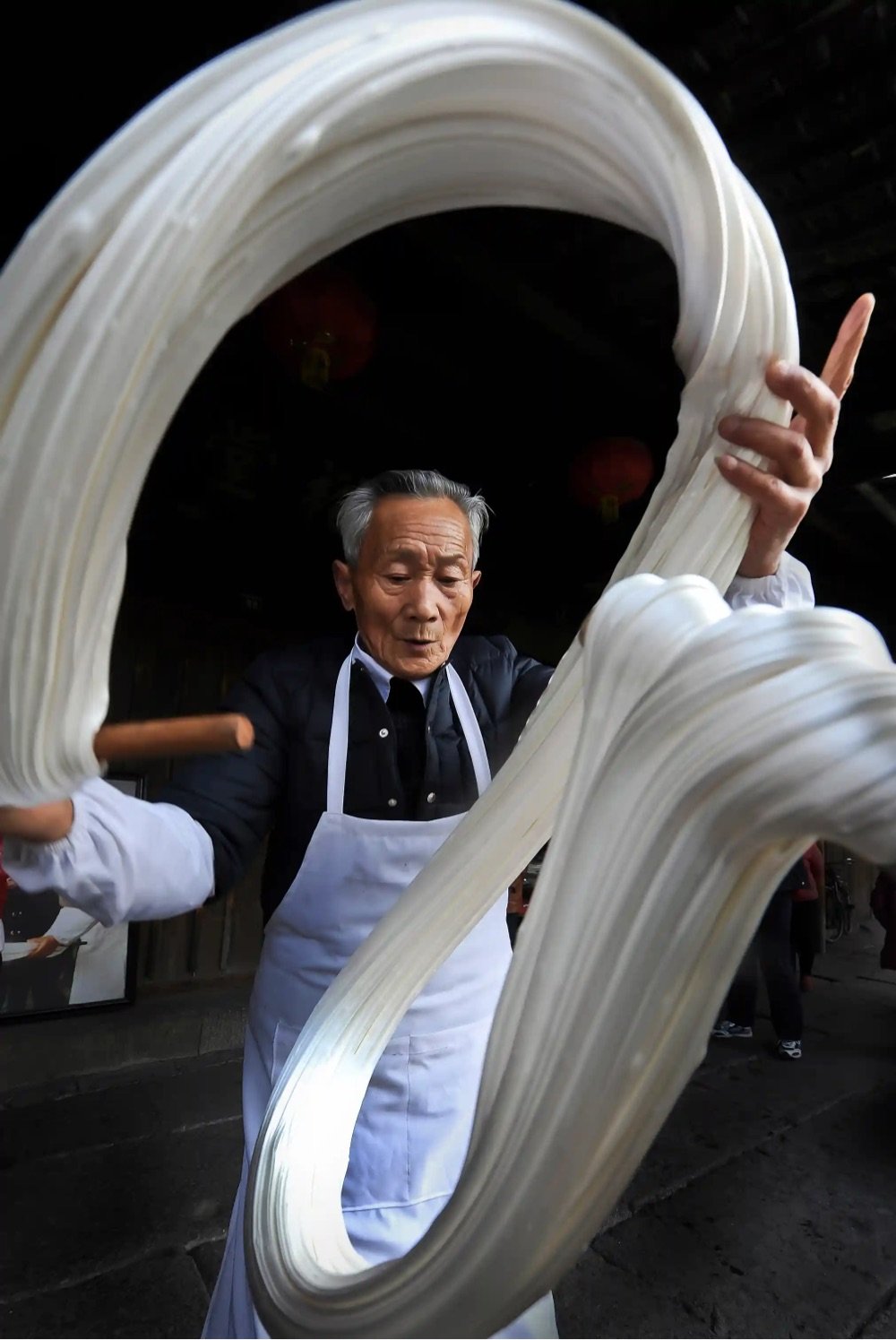



The Pink Lady Food Photographer of the Year awards have been announced for 2023 and there is lots of good work in more than a dozen categories. As usual, I’ve included a few of my favorites above (photographers from top to bottom: Zhonghua Yang, Md. Asker Ibne Firoz, Mouneb Taim, Khanh Phan Thi) but you should click through to see the rest. (via curious about everything)
The mind-boggling winners of the Best Illusion of the Year Contest for 2023 have been announced. The entries for each the ten finalists include a video that demonstrates each illusion and then shows how it works. The top prize winner is this working model of Platform 9 3/4 from the Harry Potter books:
One of my favorites is The Poggendorff Triangles, which goes to show you that straight lines aren’t always straight:
Here’s an audio illusion that sounds as though the tempo is endlessly rising (similar to the Shepard tone):
And then there’s this hollow face illusion in which this woman’s face looks at you as you move around her:
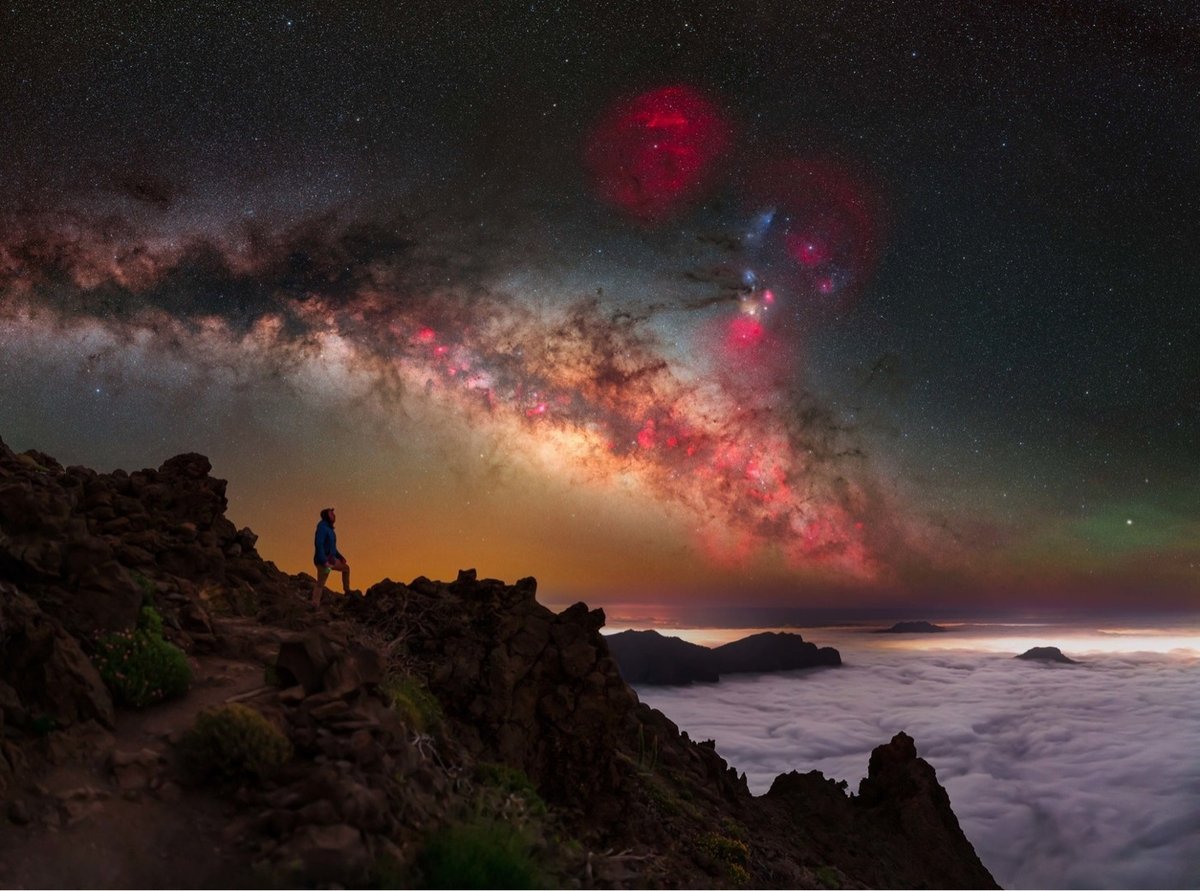


Capture the Atlas have announced their picks for the 2023 Milky Way Photographer of the Year competition. As usual, I’ve included a few of my favorites here — from top to bottom: Jakob Sahner’s photo from the Canary Islands, Mihail Minkov’s composite shot of the Milky Way as it looks in both the summer & winter, and Steffi Lieberman amongst the baobab trees in Madagascar. Here’s Minkov explaining his full-galactic view:
I’ve always wondered what the night sky would look like if we could see the two Milky Way arches from the winter and summer side by side. This is practically impossible, since they are part of a whole and are visible at different times of the day.
However, this 360-degree time-blended panorama shows us what they would look like. The two arches of the Milky Way represent one object in the starry sky, with part of it visible in winter and part of it in summer. Therefore, they are called the winter and summer arches. The winter arch includes objects that we can observe from October to March, primarily associated with the constellation Orion.
On the other hand, the summer arch features the Milky Way core, visible from March to September, which is the most characteristic and luminous part of the night sky, representing the center of our galaxy.

Relying on the choices of 177 book experts from 56 different countries, BBC Culture recently chose the 100 greatest children’s books of all time. The top five are:
1. Where the Wild Things Are by Maurice Sendak
2. Alice’s Adventures in Wonderland by Lewis Carroll
3. Pippi Longstocking by Astrid Lindgren
4. The Little Prince by Antoine de Saint-Exupéry
5. The Hobbit by JRR Tolkien
In terms of Sendak, I always preferred In the Night Kitchen to Where the Wild Things Are. Here are a few of my personal favorites from the list:
14. The Very Hungry Caterpillar by Eric Carle
20. Goodnight Moon by Margaret Wise Brown
31. The Snowy Day by Ezra Jack Keats
45. The Lord of the Rings by JRR Tolkien
92. Danny the Champion of the World by Roald Dahl
Is the Lord of the Rings a children’s book? Young adult? And I would have liked to have seen Cloudy with a Chance of Meatballs and Cars and Trucks and Things That Go on the list. And perhaps some Frog and Toad?
I loved Everything Everywhere All at Once so much when I saw it in the theater last spring. It caught me in a low moment and swept me up in a protective embrace; it was magic. I was afraid this joyously weird movie would get lost in the Very Serious Film shuffle come awards time but I was beyond thrilled when I woke up this morning to the news that EEAAO swept the major categories for which it was nominated at the Oscars. Here are all the film’s wins from last night:
Best Picture - Daniel Kwan, Daniel Scheinert, and Jonathan Wang, producers (acceptance speech).
Best Director - Daniel Kwan and Daniel Scheinert (acceptance speech).
Best Actress - Michelle Yeoh (acceptance speech).
Best Supporting Actor - Ke Huy Quan (acceptance speech).
Best Supporting Actress - Jamie Lee Curtis (acceptance speech).
Best Original Screenplay - Daniel Kwan and Daniel Scheinert (acceptance speech).
Best Film Editing - Paul Rogers (acceptance speech).
So happy for Michelle Yeoh and Ke Huy Quan in particular! Here are their acceptance speeches:
I am disappointed, but only slightly, that Stephanie Hsu didn’t win Best Supporting Actress — her audition for the role of Joy/Jobu Tupaki is amazing if you haven’t seen it. (And she also sang with David Byrne (who wore hot dog fingers) last night?)




The winners and runners-up of the 2022 World Nature Photography Awards have been announced. An amazing collection of photos as usual — I’ve included some of my favorites above. From top to bottom, photos by Mr. Endy, Jens Cullmann, Jake Mosher, and Sascha Fonseca. Fonseca had this to say about his incredible photo of the snow leopard above:
A beautiful snow leopard triggers my camera trap high up in the Indian Himalayas. I captured this image during a 3-year DSLR camera trap project in the Ladakh region in northern India. The mystery surrounding the snow leopard always fascinated me. They are some of the most difficult large cats to photograph in the wild. Not only because of their incredible stealth, but also because of the remote environment they live in.
The Oscar voters haven’t always gotten their top picks right, but there’s no denying that this visual showcase of Best Cinematography winners from 1967-2021 contains some fantastic work. Just to call out a few of the films recognized: Bonnie and Clyde; Barry Lyndon; The Killing Fields; Schindler’s List; Titanic; Crouching Tiger, Hidden Dragon; Master and Commander; There Will Be Blood; Inception; Blade Runner 2049; and Dune.
There’s an interesting shift in the winners (presaged by Close Encounters of the Third Kind in 1977); they move away from historical realism and towards fantasy, sci-fi, and the future: Crouching Tiger (2000) and Lord of the Rings (2001) and then, more definitively, Avatar (2009) and Inception (2010). But the shift is not by any means total: The Revenant (2015), Roma (2018), 1917 (2019), and Mank (2020) are all firmly in the realist realm.



The winners of the 2023 Underwater Photographer of the Year competition have been announced — you can check out all of the winners here. The photos above are by Gregory Sherman, Kat Zhou, and Shane Gross. Sherman’s photo of stingrays swimming near the Cayman Islands is just spectacular; I can’t stop looking at it. (via colossal & petapixel)




Some really nice work amongst the winners and runners up of the Minimalist Photography Awards for 2022. I’ve included a few favorites of mine above (from top to bottom: Daniel Dencescu, Gleici Rufatto, Julie Kenny, and Alexandre Caetano).
The Art of the Title, Print magazine, Slashfilm, and Salon have each compiled their picks for the best film and TV opening title sequences for 2022. There’s quite a bit of overlap, with the opening titles for Severance (which I added to the Unskippable Intros Hall of Fame earlier this year), The White Lotus, Peacemaker, and Pachinko making multiple lists. I haven’t seen After Yang yet, but I love that title sequence. Always a fan of lots of creativity and expression packed into small times and spaces.
It’s here, it’s here! David Erhlich’s annual 25 best films of the year video for 2022 is here. Every year around this time, I get a little down about the movies. There’s nothing to seeeeee… And then I watch Erhlich’s 17-minute love letter to cinema and I want to see ever-ry-thing. The only complaint I have is that Everything Everywhere All at Once is not rated highly enough (a respectable #3 but not #1).
Erhlich has been doing these recaps since 2012 — you can find them all here or almost all of them at kottke.org with my commentary.




The results of the 4th annual Close-Up Photographer of the Year competition have been announced and you can take a look at the top 100 images right here. I’ve included a few of my favorites above from photographers Minghui Yuan, Alex Pansier, Andy Sands, and Szűcs Boldizsár. (thx, jodi)




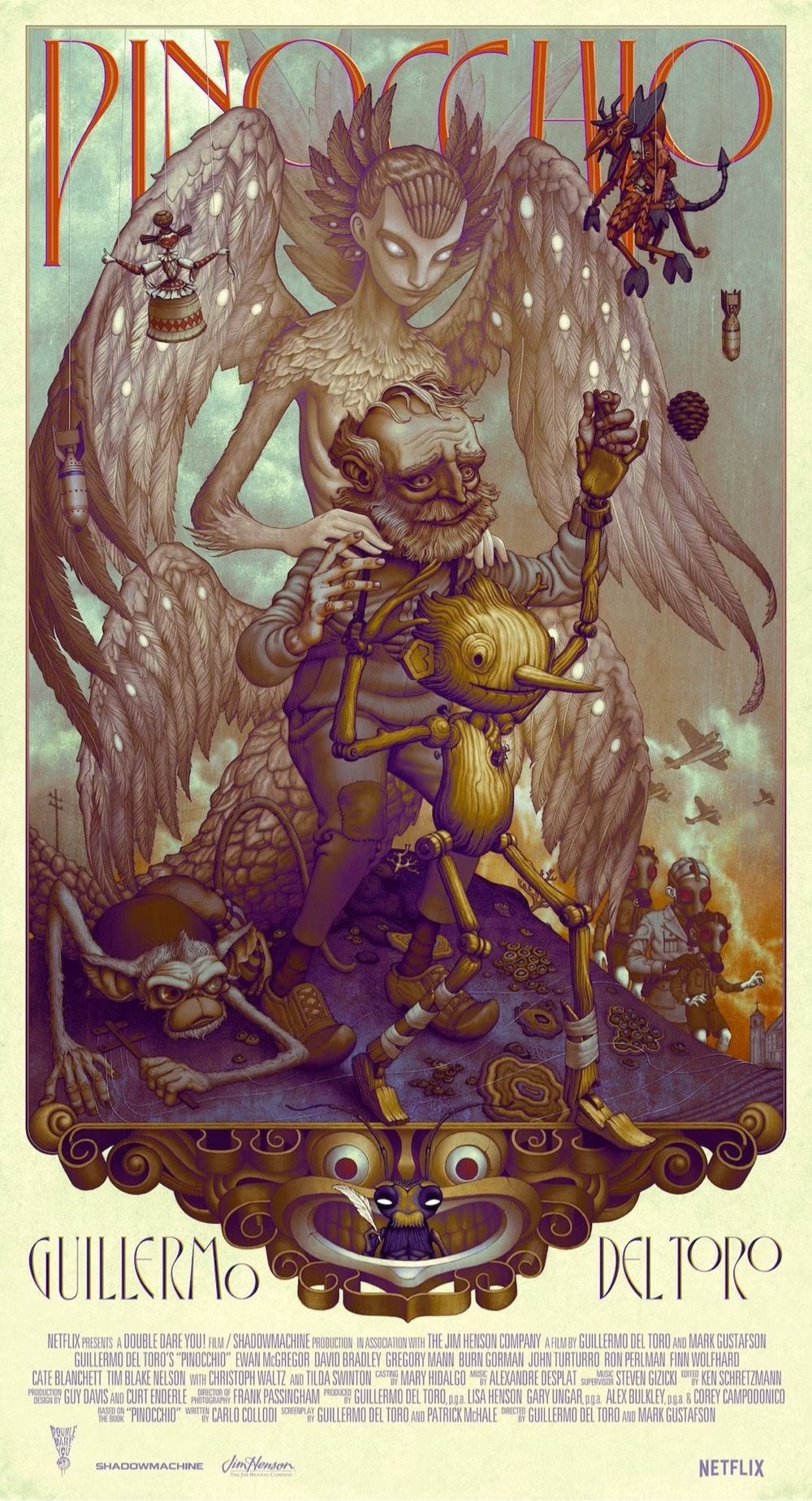

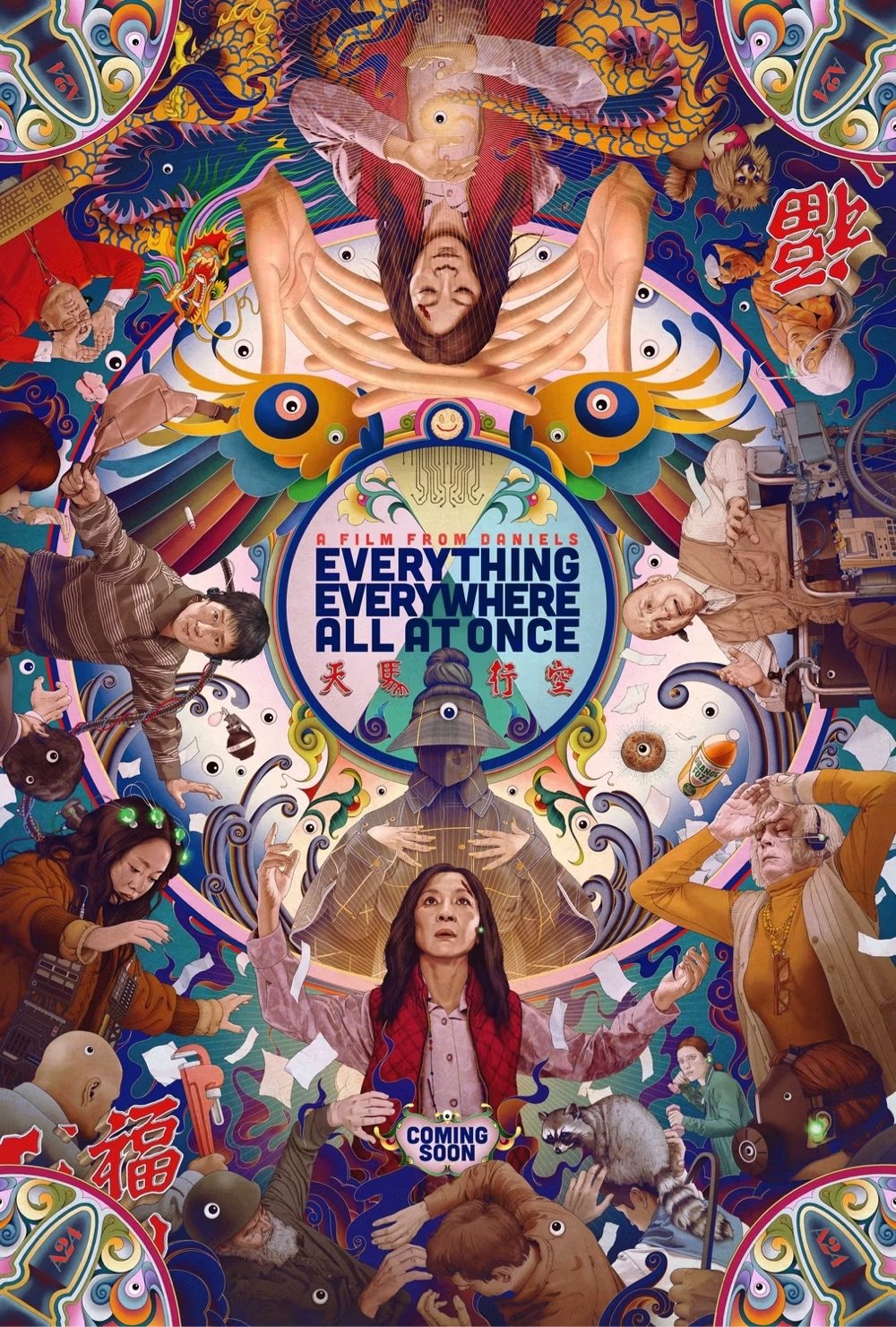
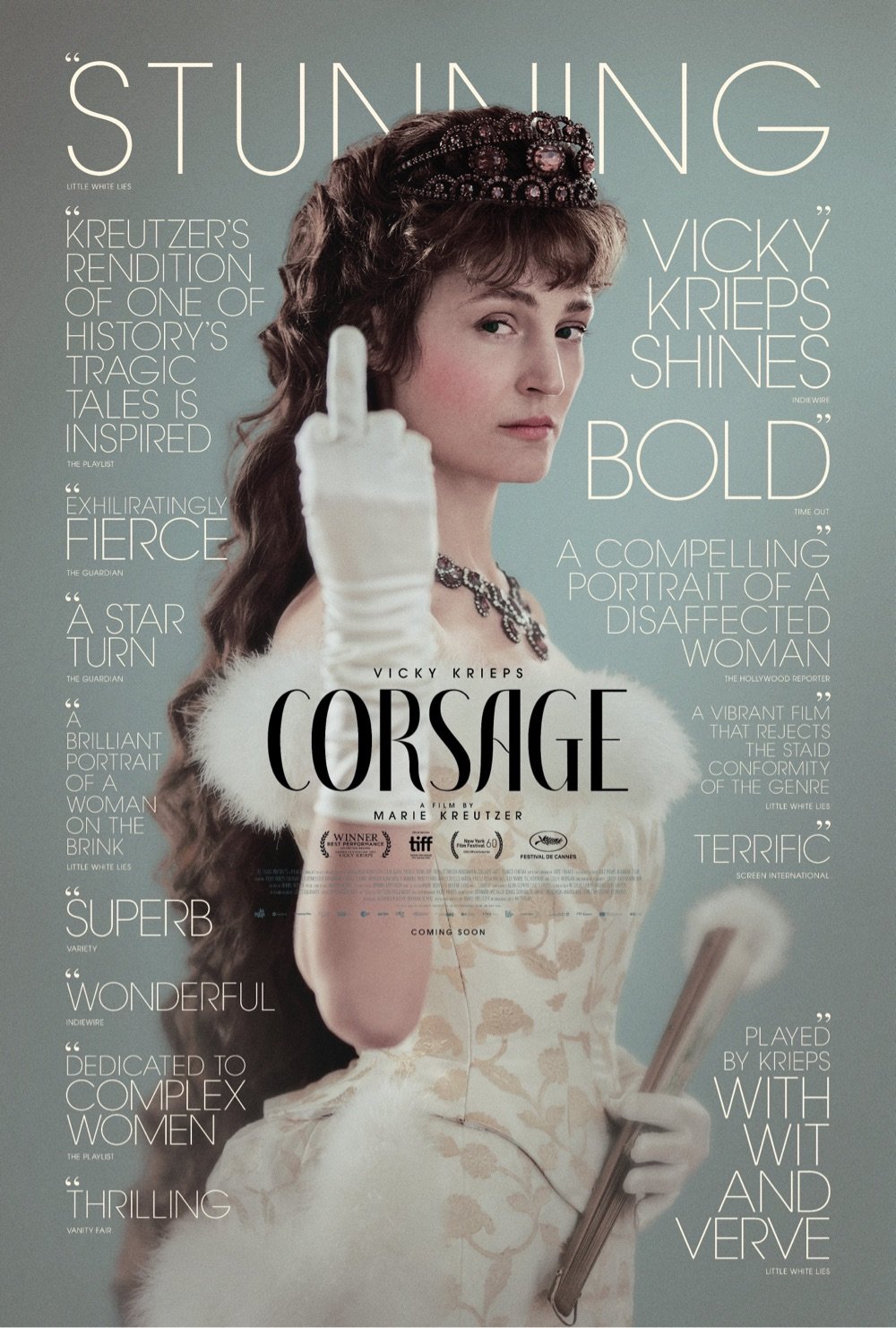
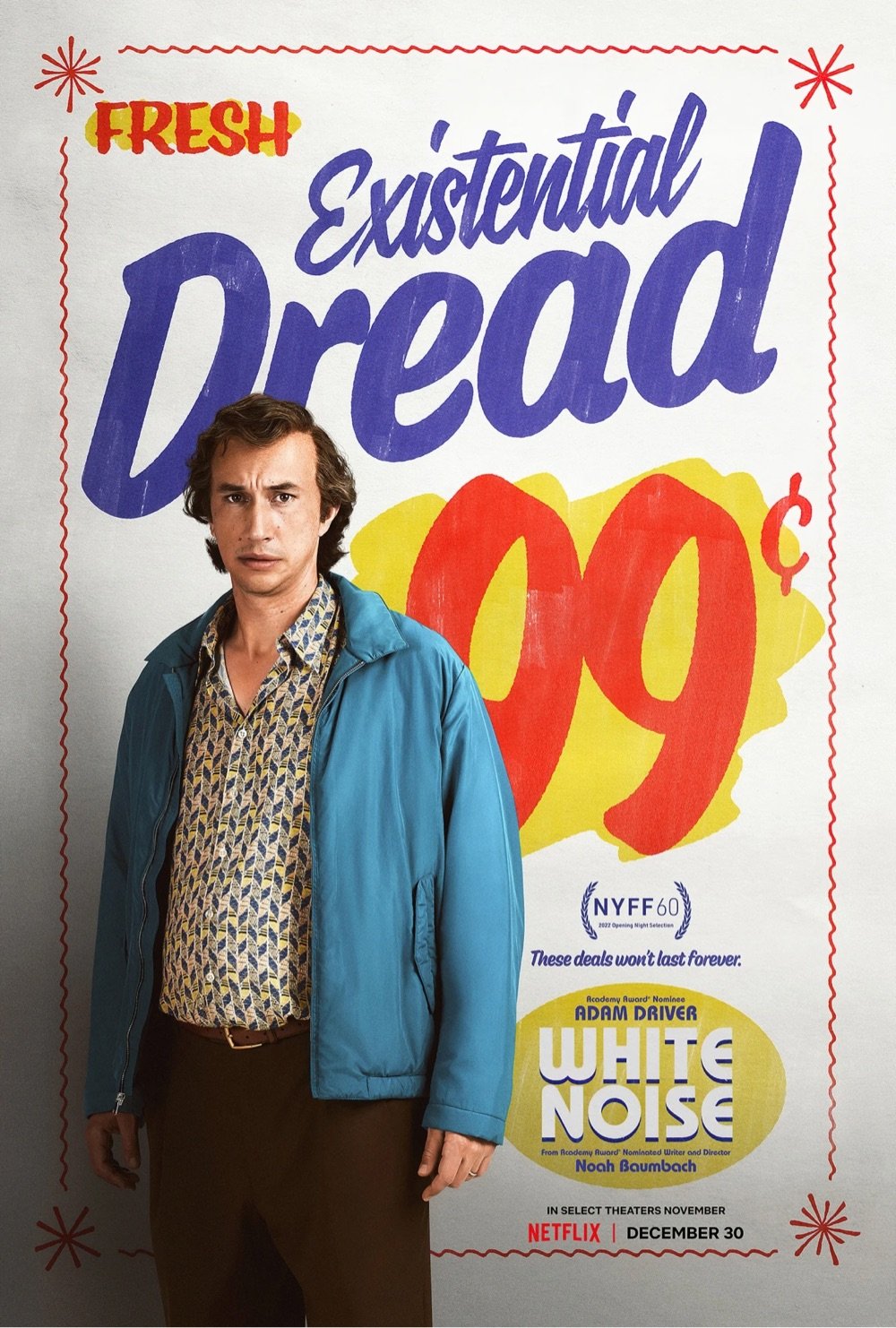
It feels weird to admit this, even to myself, but maybe I love movie poster design even more than I love book cover design. After running across Daniel Benneworth-Gray’s list of his favorite movie posters of 2022 (via his newsletter), I found some more best-of lists — Mubi, Indiewire, Collider, The Playlist, First Showing, The Film Stage — and selected a few of my favorites to include here. I couldn’t decide between the different versions of the posters for White Noise and Everything Everywhere All at Once, so I included both of each. *shrug*





The annual BigPicture Natural World Photography Competition put on by the California Academy of Sciences has announced the winners of the 2022 competition. As usual, I have selected a few of my favorites and included them above; photos by Karine Aigner, Jens Cullmann, Jose Grandio, Sitaram Raul, and Sergio Tapia.

As 2022 recedes into the rearview mirror, I took some time to go back over my media diet posts to pick out some books, movies, TV shows, and experiences from the past year that were especially wonderful. Enjoy.
Everything Everywhere All at Once. I’ve seen this a few times now and I still don’t know how the filmmakers pulled this off. A chaotic martial arts action comedy romance multiverse movie with heart? It is a miracle of a film. Definitely my favorite movie of the year and probably in the past 2-3 years.
Glass Onion. I don’t know, maybe this shouldn’t be here because I just watched it the other day, but whatever. This movie is fun. Janelle Monáe and Blanc’s bathing costume were the highlights for me.
Fortnite. The one thing I worked on more than almost anything else during my sabbatical was my Fortnite skills. My kids play and I wanted to join them, so that we could have an activity to do as a family, one that was on their turf and not mine. I’m still not great at it, but I’m more than competent now and it’s been a great addition to our routine.
A Sunday on La Grande Jatte. Seeing this painting in person is a whole other deal. I think I stood in front of it for a good 10 minutes and then circled back later for another look.
Station Eleven. You can see the ending of this coming a mile away and it still caught me by surprise when it happened. I didn’t think I wanted to watch a TV show about a flu pandemic causing the end of civilization, but it was actually perfect.
Severance. It’s comforting to know that TV shows on these massive streaming services can still be weird. I didn’t love this as much as many other people did, Severance did keep popping up in my thoughts in the months after I watched it.
Tomorrow and Tomorrow and Tomorrow by Gabrielle Zevin. If you’ve ever worked on a creative project with someone and that collaborative frisson felt like the highlight of your life, this book might be right up your alley.
Tár. Cate Blanchett is just ridiculously good in this.
My Brilliant Friend. The most underrated show on television? This was so much better than a lot of other shows I kept seeing praised but not a lot of people seem to be talking about it.
Kimi. Soderbergh does Rear Window + The Conversation. The direction is always tight and Zoë Kravitz is great in this.
Middlemarch by George Eliot. By far the best thing I read during my sabbatical and an instant addition to my all-time favorites list. For whatever reason, I thought this was going to be stuffy liht-tra-chure but it turns out it’s hilarious? Almost every page had me laughing out loud. The writing is exquisite and Eliot’s observations about human behavior are still, 150 years on, remarkably astute. And there’s a scene near the end of the book that is almost cinematic — she painted such a vivid picture that it took my breath away (like, literally I was holding my breath).
Her Place. This Philly spot is getting a ton of attention and end-of-the-year kudos; it’s well-deserved. The food is great but it’s the casual family-style dinner-party vibe that really makes this place special. People will try to copy this concept — it’ll be interesting to see if they can do it as well.
The Lost Daughter. Based on an Elena Ferrante book and directed by Maggie Gyllenhaal, the acting and cinematography are the central strengths of this film. Olivia Colman & Jessie Buckley shine as an ambivalent mother at two different points in her life and the tight shots keep them smoldering the entire time.
Maus I & II by Art Spiegelman. Correctly lauded as a masterpiece.
Top Gun: Maverick. I was shocked at how much I liked this movie — a Top Gun sequel didn’t have any right to be this entertaining. Straight-up no-frills thrill ride that’s best on a big screen. Loved Val Kilmer’s scenes.
Matrix by Lauren Groff. I find it difficult to pinpoint exactly what I liked so much about this book, but it has something to do with its surprising entrepreneurial bent, its feminist startup vibe. Groff’s Marie de France is one of my favorite characters of the year.
Bar Kismet. The type of place where you instantly feel like a regular. And with the ever-changing food and cocktail menus, you’ll want to become one.
Schitt’s Creek. I was worried that I wouldn’t jibe with the show’s humor — nothing worse than a comedy that isn’t funny — but it delivered so many laugh-out-loud moments that I lost count. The show really hits its stride after the first season or two when it makes you start caring about what happens to these annoying weirdos. I would have watched 10 seasons of this.
The Bear. Again, I didn’t love this as much as some others did, but my thoughts kept returning to it often.
Saap. When someone says a restaurant in Vermont is “good”, you always have to ask: “Is it actually good or just Vermont good?” Saap is great, period.
Stories of Your Life and Others by Ted Chiang. I don’t know how to think about the kind of stories that Chiang writes — they are simple and complex and deep and fantastical and familiar all at the same time. It’s the perfect kind of sci-fi for me.
The US and the Holocaust. Essential six-hour documentary series about how the United States responded (and failed to respond) to Nazi Germany’s persecution and murder of European Jews in the years before, during and after WWII. Another banger from Ken Burns, Lynn Novick, and Sarah Botstein.
Barbarian Days: A Surfing Life by William Finnegan. I can’t say that this book made me want to become obsessed with surfing, but maybe it made me want to become obsessed with something again. Beautifully written and personally resonant.
Say Nothing: A True Story of Murder and Memory in Northern Ireland by Patrick Radden Keefe. All nonfiction books should aspire to be this compelling.
Mercado Little Spain. José Andrés’ Spanish version of Eataly. I’ve only been there a couple of times, but omg the food. The pan con tomate is the simplest imaginable dish — bread, tomato, olive oil, garlic, salt — but I could easily eat it every day.
Photo of the Atlantic Ocean taken by me on my trip to Portugal this summer.
Paul Fairie has compiled a list of contenders for the best headline of 2022. They include:
‘How to Murder Your Husband’ writer guilty of murdering her husband
Started Out as a Fish. How Did It End Up Like This?
Monkey that was flushed down toilet, fed cocaine now has a boyfriend
The City of Ottawa wants to hear your garbage opinions
You can click through to see the rest and vote for the winners.
Since I’m probably not alone in wanting to hang onto the magic of the World Cup a little longer, here are the top 15 goals of the tournament, featuring the likes of Messi (twice!), Rashford, Mbappe, and of course Richarlison’s incredible effort against Serbia. See also this other take on the top goals.




The annual Comedy Wildlife Photography Awards are always a good time and 2022’s competition is no exception. You can peruse the winners and the finalists here. My favorites above are by (from top to bottom) Miroslav Srb, Jennifer Hadley, John Chaney, and Jagdeep Rajput, whose photo captures the wingspan of the sarus crane, the tallest flying bird in the world (up to 5’11”, which is almost as tall as I am!)
The book cover is one of my all-time favorite design objects and a big part of the reason I love going to bookstores is to visually feast on new covers. I don’t keep an explicit list of my favorites from those trips, but there are definitely those that stick in my mind, covers that I’ll instantly recognize from across the room on subsequent trips.
I’ve spent the last few days rediscovering some of them (and finding new ones) on the end-of-the-year lists of the best covers of 2022. You can find some of 2022’s most wonderfully designed covers above; from top to bottom:
The Rabbit Hutch by Tess Gunty, designed by Linda Huang.
Tomorrow and Tomorrow, and Tomorrow by Gabrielle Zevin, designed by John Gall.
No Land in Sight by Charles Simic, designed by John Gall.
Constructing a Nervous System by Margo Jefferson, designed by Kelly Blair.
Shit Cassandra Saw by Gwen E. Kirby, designed by Lydia Ortiz.
The Status Game by Will Storr, designed by Steve Leard.
Kiki Man Ray by Mark Braude, designed by Jaya Miceli.
Cold Enough for Snow by Jessica Au, designed by Janet Hansen.
Pure Colour by Sheila Heti, designed by Na Kim.
I’ve linked to each designer’s website above; I urge you to click through and check out some of their other work. You can find many more wonderful covers in the following places: The 103 Best Book Covers of 2022 (Literary Hub), The Best Book Covers of 2022 (NY Times), The Best Book Covers of 2022 (Fast Company), and Best Book Covers 2022 (Chicago Public Library). Literary Hub’s list is particularly good because the best covers are selected by other cover designers and presented with their commentary.
See also The Best Books of 2022 and my lists from past years: 2021, 2020, 2019, 2018, 2015, 2014, and 2013.
Note: When you buy through links on kottke.org, I may earn an affiliate commission. This year, I’m linking to Bookshop.org when I can but if you read on the Kindle or Bookshop is out of stock, you can try Amazon. Thanks for supporting the site!
Stay Connected